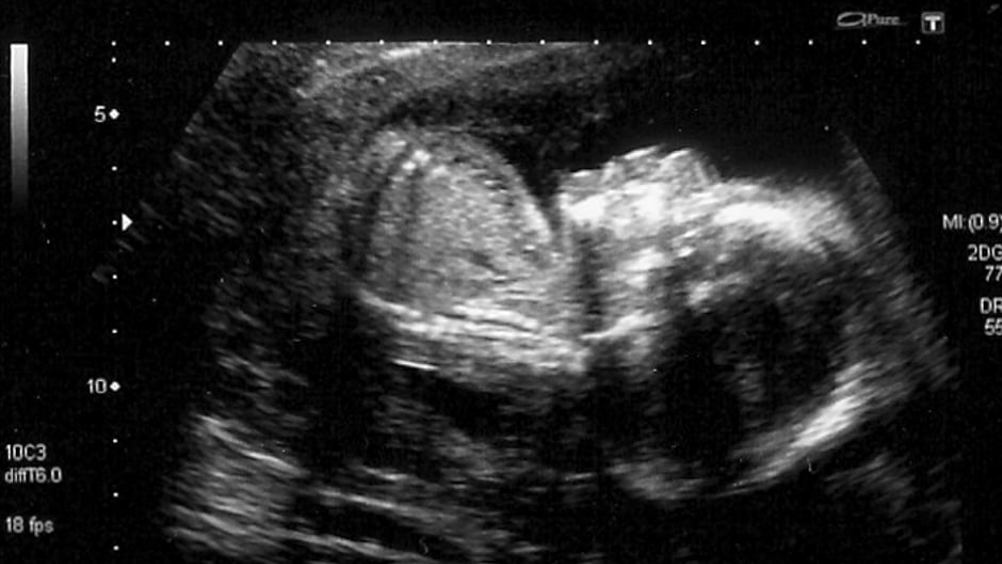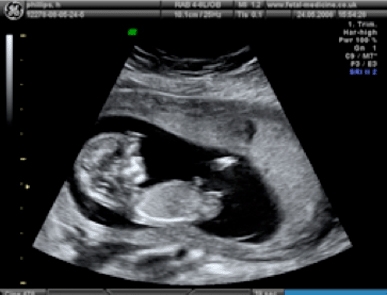AI software trial to review ultrasound scans at St George's
A UK hospital is piloting technology that uses artificial intelligence to review foetal ultrasound images as patients are scanned.


The real-time analysis software, called ScanNav, is being piloted by the foetal medicine department at St George’s University Hospitals NHS Trust in Tooting, London.
The AI system, developed by Cardiff-based MedaPhor Group, is designed to carry out a “peer review” of the ultrasound images during the scan.
Manually auditing ultrasound scans to ensure they conform to medical protocol is a time consuming process, according to MedaPhor’s chief technology officer, Nick Sleep.
By providing an instant review, the AI system allows sonographers to take additional images immediately if needed, he said.
“Sonographers want to make sure that they capture the right images, and they want to make sure that those images are of good quality,” Sleep said. “It’s actually quite a pressurised environment, they are dealing with a baby that is moving, and a mother who is probably quite worried to be having a scan.”
The system should help newly qualified sonographers to ensure they take good quality scans, as well as reassuring more experienced specialists that they have not inadvertently missed an image, he said.
Register now to continue reading
Thanks for visiting The Engineer. You’ve now reached your monthly limit of news stories. Register for free to unlock unlimited access to all of our news coverage, as well as premium content including opinion, in-depth features and special reports.
Benefits of registering
-
In-depth insights and coverage of key emerging trends
-
Unrestricted access to special reports throughout the year
-
Daily technology news delivered straight to your inbox










National Gas receives funding to develop Gravitricity underground hydrogen storage system
One single rock salt mine - Winsford - has 23 <i>MILLION </i>cubic metres of void and even allowing for 10% of that void set aside for hazardous waste...